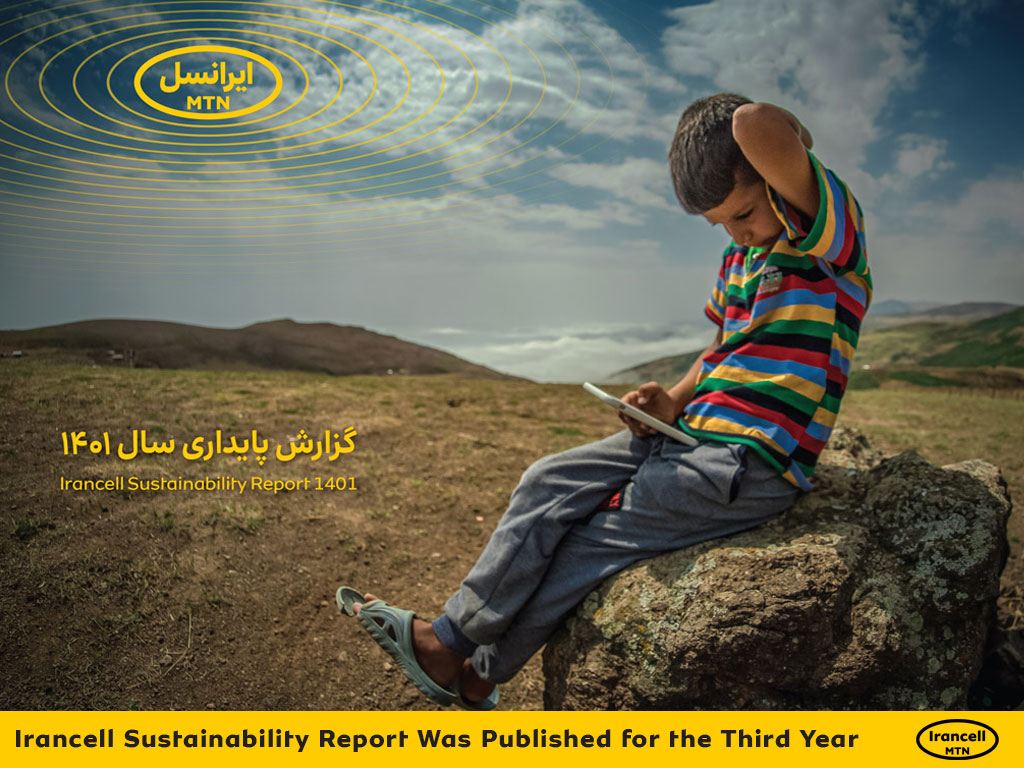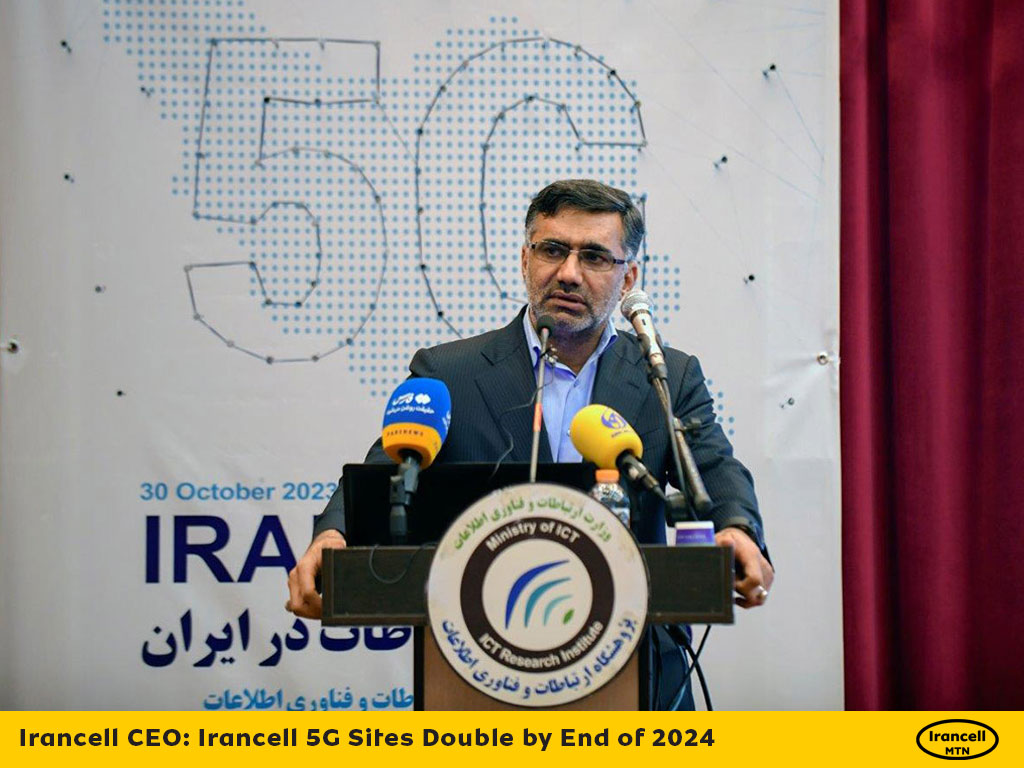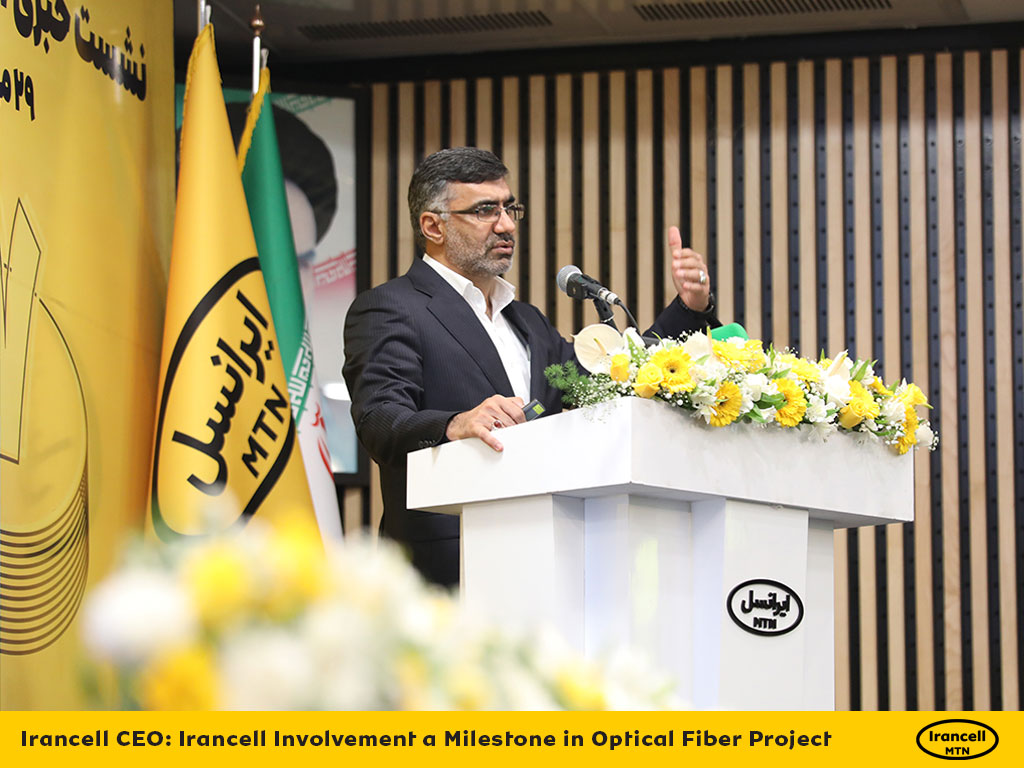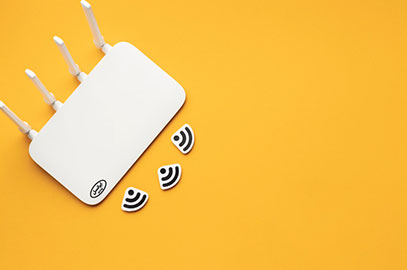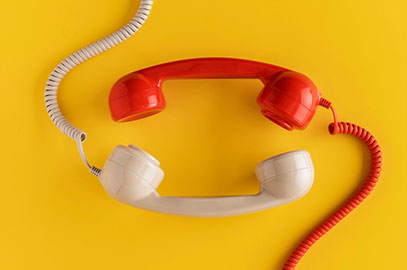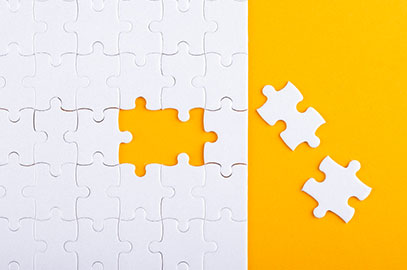Everything about Bluetooth 5
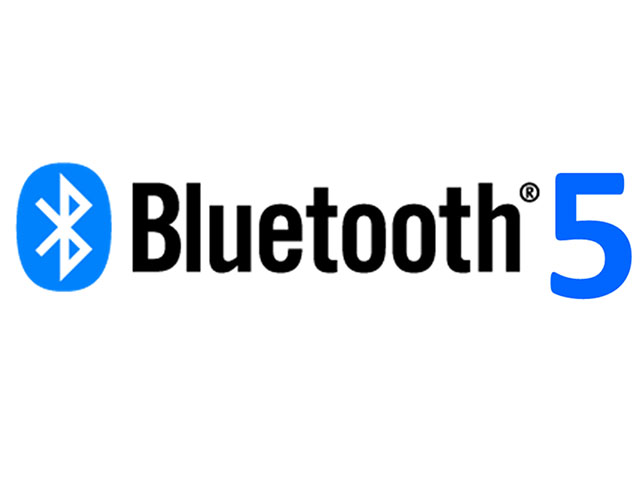
We’re all familiar with Bluetooth technology, and so far we’ve used it in many ways. In fact, not long ago Bluetooth was the primary way of transferring files between mobile phones. This technology has a long history and has gone a long way in its evolutionary path. In this article, you will get more familiar with the latest Bluetooth technology, the Bluetooth 5.
The fifth version of Bluetooth was introduced in June 2016. Perhaps the first point that attracted attention was the removal of the .x part of its version number. In a nutshell, we are now facing Bluetooth 5 instead of Bluetooth 5.0. The Bluetooth SIG (Special Interest Group) said the reason for the change was “to facilitate marketing efforts, to communicate more effectively with users, and to make it easier to introduce the important updates of this technology to the market.” The Bluetooth SIG, with more than 30,000 member companies from telecommunications, computer, networking and Consumer electronics products, is responsible for developing Bluetooth standards’ specifications, managing the certification programs, and protecting relevant trademarks.
As we mentioned, the specs were released in mid-2016, but the Samsung Galaxy S8, introduced in April 2017, was the first mobile phone supporting it. Later, Apple launched the iPhone 8 and iPhone X with the support of this standard. Indeed, it is anticipated that Massive supply of products complying with this standard and the general use of it will actually begin in mid-2018.
Bluetooth 5 offers a lot of impressive numbers in its list of features. For example, we can mention to double the speed, increase the range up to 4 times, increase the data transfer capacity by 8 times, and improve wireless coexistence. Naturally, such a change is a remarkable improvement in the new version of each standard, but when interpreting the specifications, you should consider one important point: you can’t get 2x Speed and 4x range of this standard at the same time.
Let’s talk about it. The 1 Mbps transfer speed of Bluetooth 4.2 has increased to 2 Mbps in the new version. On the other hand, the standard range has improved from 60 meters to 240 meters. However, you can only transfer data at a speed of 2 Mbps between your devices, with a distance not exceeding 60 meters. At the same time, at distances more than 60 meters (and up to 240 meters) you can maintain your connection at the same speed as the previous 1 Mbps.
As we said, the message capacity has increased up to 8 times in the new standard. In other words, while the message capacity in the previous standard was 31 bytes, now Bluetooth 5 supports 255-byte large messages. The upgrade allows the data to be sent in larger packets, which means fewer transmissions and shorter broadcast time. Achieving this two parameters reduces power consumption of this version dramatically.
Wireless coexistence Improvement refers to nearby devices that are compatible with BTE (Bluetooth Low Energy). Bluetooth 5 uses a random frequency hopping pattern that reduces the chances of interference with the performance of a nearby Bluetooth LE device that simultaneously transmits over the same RF channel. This feature dramatically improves the overall strength of communications established in a single environment.
Experts believe that considering its features and capabilities, most Bluetooth 5 benefits and effects will be in IoT. According to one of the Bluetooth SIG managers, Bluetooth 5 will continue to transform the user experience of the Internet and will deliver reliable IoT communications that will reduce barriers and make it an excellent IoT experience.
Related News
